| HOME | WELCOME | CALENDAR & NEWS | PEOPLE | RESEARCH |
LABS |
ALUMNI |
CONTACTS |
Geochemistry
Program & Research

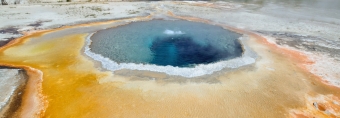
The Geochemistry program in the E&ES department covers several research topics including Low Temperature Aqueous Geochemistry, Economic Geology, Hydrothermal Geochemistry, Geomicrobiology, Igneous Petrology and Volcanology. We currently have 5 active faculty in EES participating in research and teaching in the Geochemistry program. In addition, there are numerous researchers and adjunct faculty who specialize in geochemistry at the New Mexico Bureau of Geology and Mineral Resources on campus. Many of these scientists actively participate in the supervision of graduate and undergraduate student projects.
What is geochemistry?

This program has a strong emphasis on mineralogy and chemistry covering high temperature and pressure magma generation in the deep to shallow crust, metal mobility and ore formation in hydrothermal systems, to low temperature surface waters and the study of contaminants. Research includes field work, laboratory experiments, and thermodynamic modeling. Some examples of active research topics and projects are presented below.
Faculty and Teaching
Alexander Gysi, Economic Geology
- GEOC589-1 Lithogeochemistry of ore forming processes
- GEOC589-2 Thermodynamic modeling of fluid-rock interaction
Nicole Hurtig, Hydrothermal Geochemistry
- GEOC589-3 Advanced Geochemistry of Crustal Fluids
- GEOC589 Mineral Deposits (co-taught with Chavez and Hurtig)
- GEOC571 Advanced Topics in Geochemistry (co-taught with Gysi and Waters)
Dan Jones, Geomicrobiology
- Geomicrobiology (GEOC 5XX)
- Special topics in Cave and Karst Processes (GEOC 572)
Laura Waters, Igneous Petrology & Volcanology
- ERTH 120: Geology of the National Parks (Forthcoming)
- ERTH 380: Igneous and Metamorphic Petrology
- GEOC 589: Principles of Geochemistry
- Earthquakes and Volcanoes Hazards (Forthcoming, co-taught with Sue Bilek)
- Tectonics and Volcanism of the Rio Grande Rift (Forthcoming)
Low Temperature Geochemistry
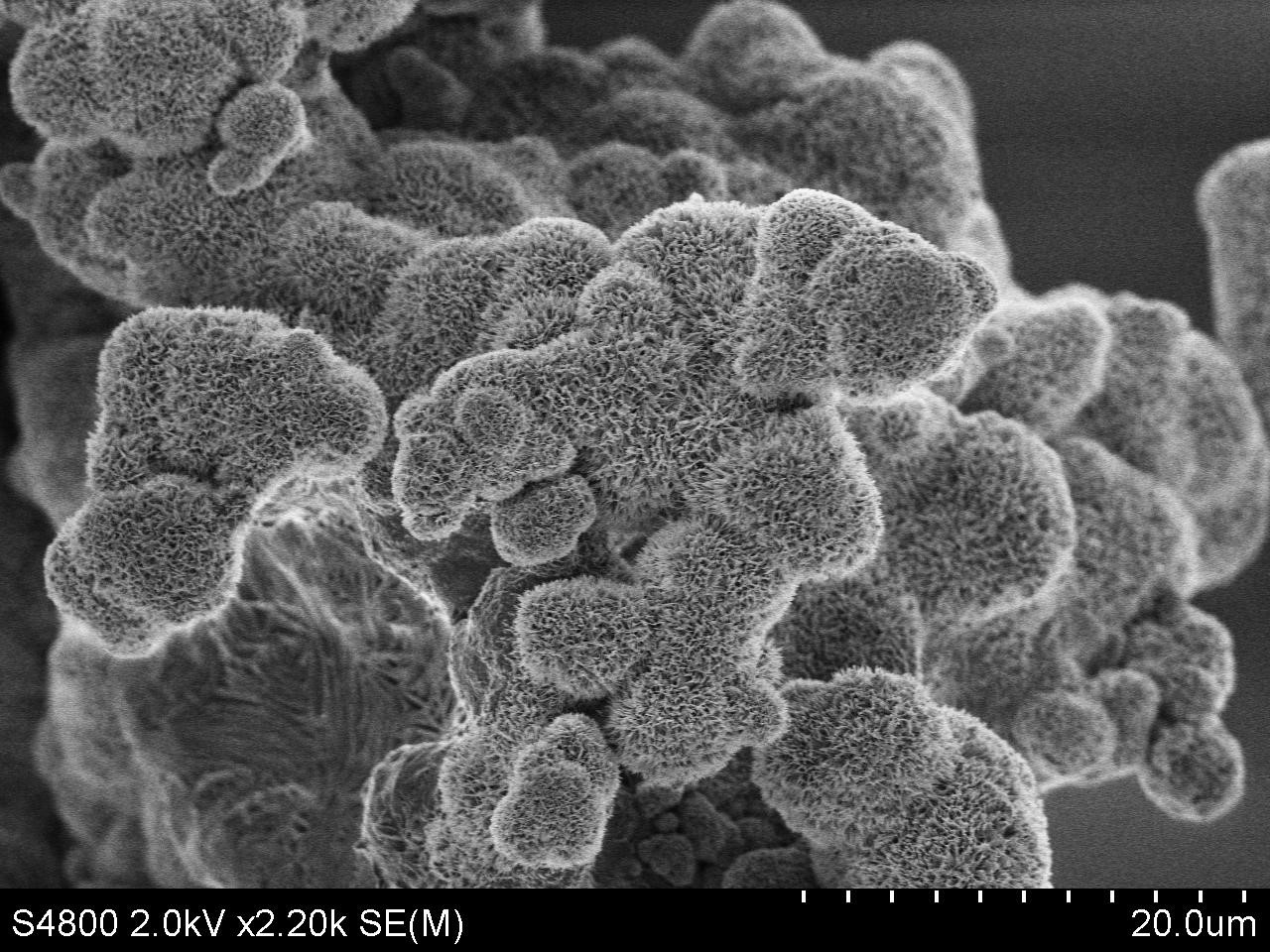
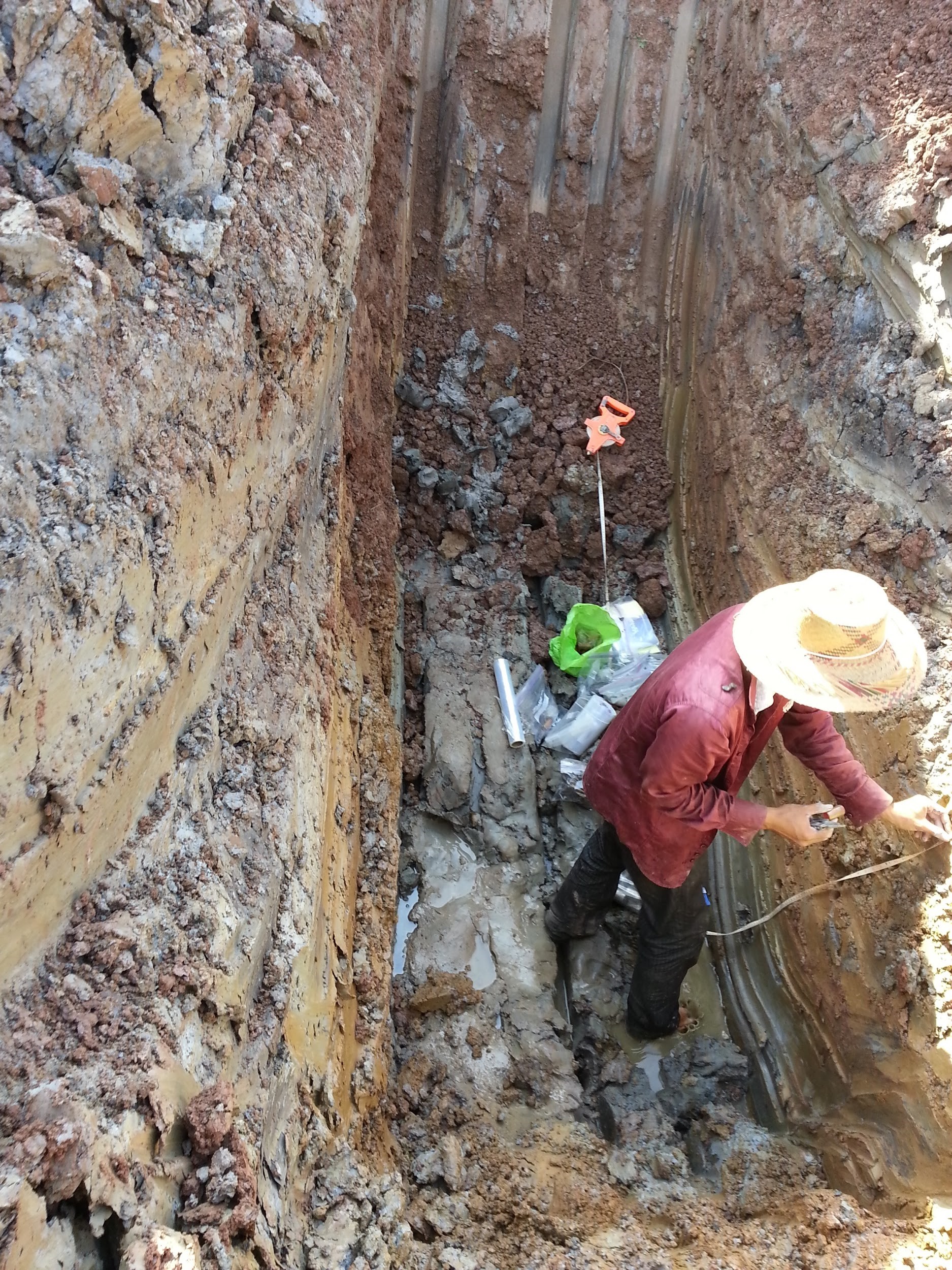
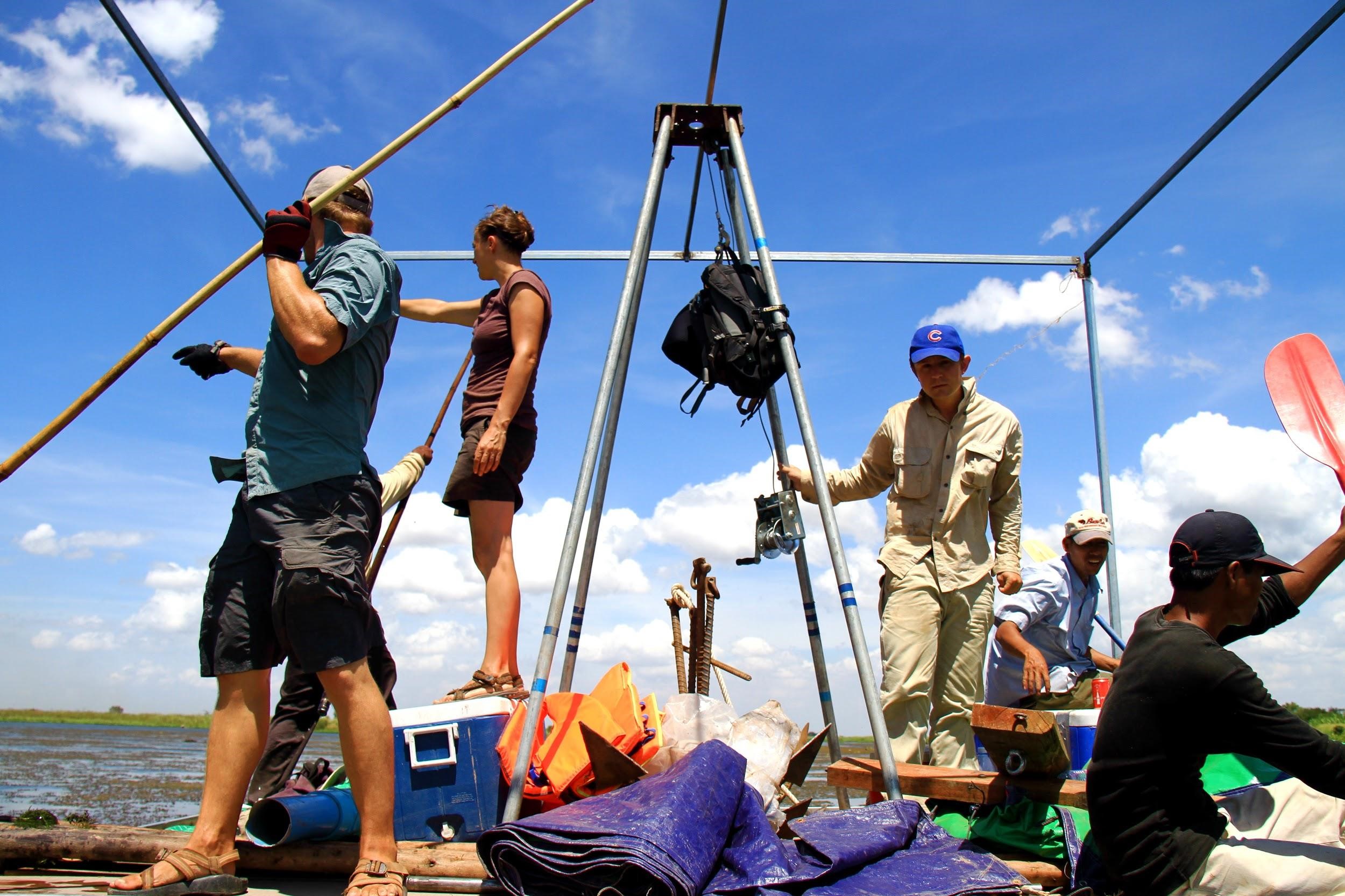
Aqueous Geochemistry and Water Quality is the study of water, contaminants, …. Water isn’t just water, it’s a mixture of water and the atoms, molecules, and particulates dissolved and suspended in it. This second “part” of water determines how it can be used. Water interacts with soil and aquifer particles, the atmosphere, and living things from microbes to plants to humans all with unique impacts on and requirements for water quality. Dr. Schaefer’s aqueous geochemistry group studies processes that determine water quality from the molecular to field scale with a focus on oxidation-reduction (redox) and sorption reactions between minerals and groundwater contaminants like arsenic and manganese. We are particularly interested in how shifts in hydrology drive redox reactions that control contaminant mobility and soil carbon cycling.
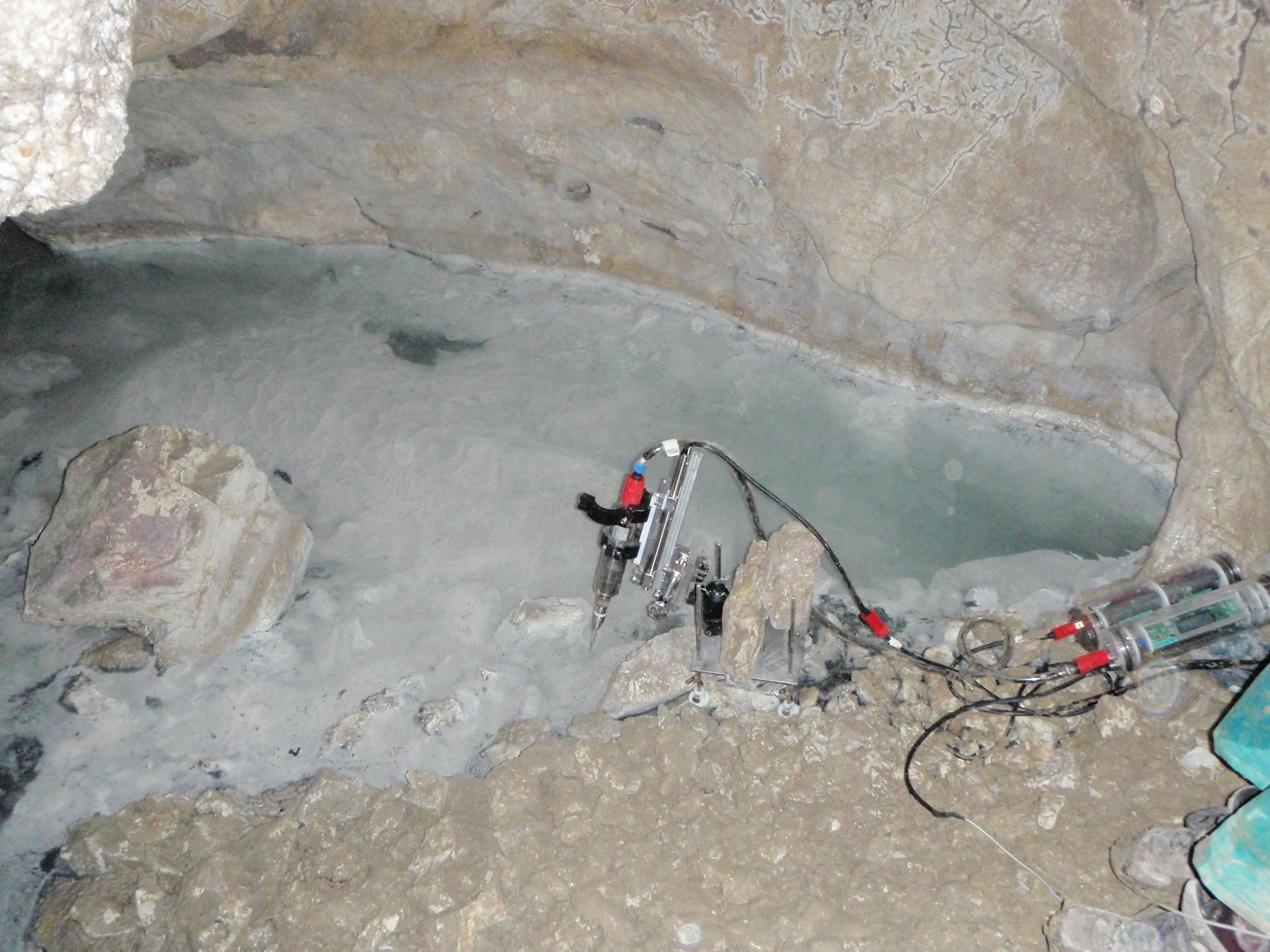
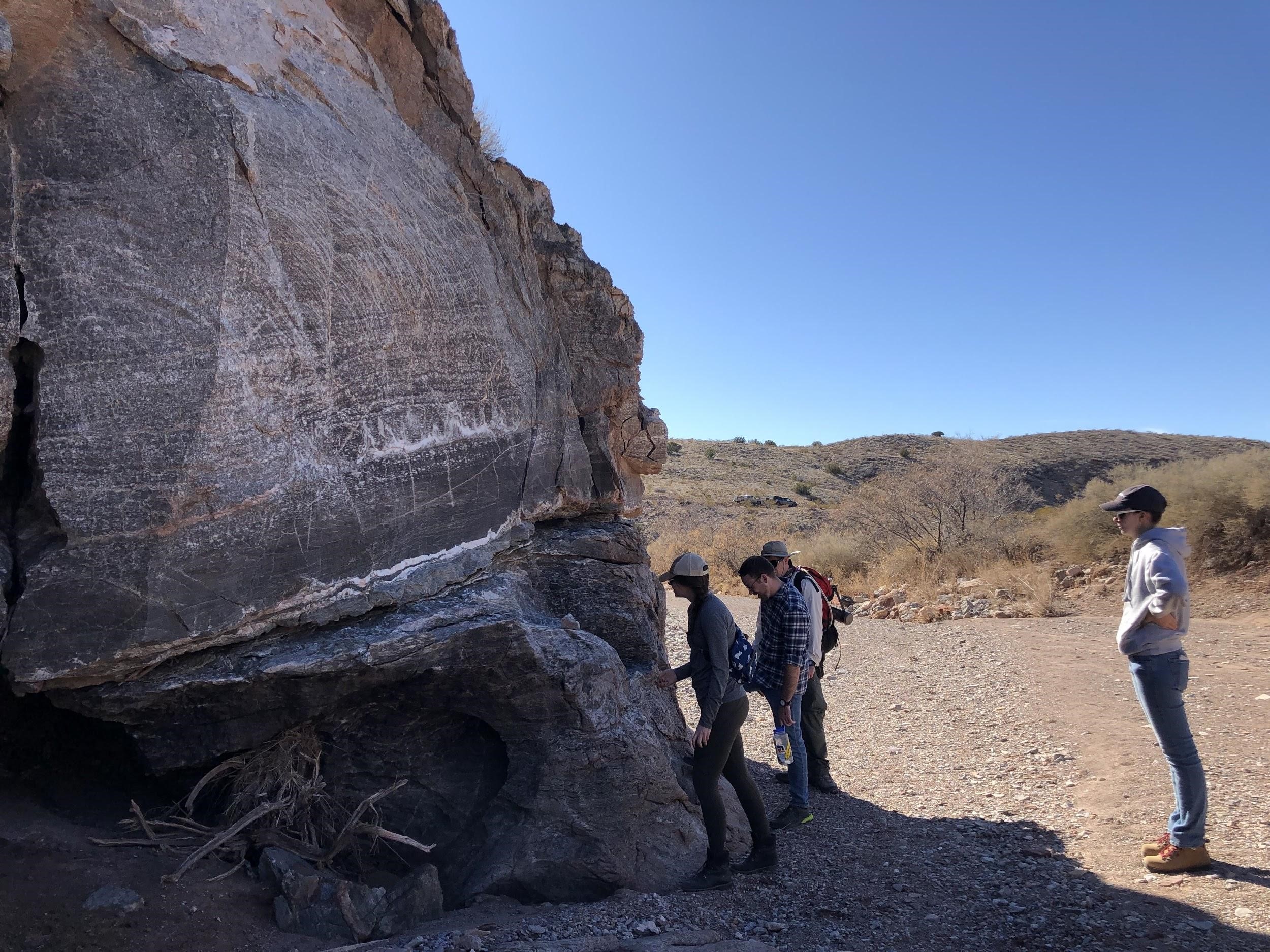
Geomicrobiology is the study of microbe-mineral interactions. Microbes catalyze many important geochemical transformations in the environment, and have been doing so for more than 3.5 billion years. Active geomicrobiology research in Dr. Dan Jones’ lab includes microbial sulfur cycling, microbe-mineral interactions in cave systems, and bioremediation and microbial contaminant transformation. (See the websites for the Geobiology Program and Cave and Karst Studies Program.)
Hydrocarbon Geochemistry and Sediment-hosted ore deposits
(work in progress)
High Temperature Geochemistry
Igneous Petrology and Experimental Geochemistry: This topic includes the study of petrogenesis (the formation of magmas), pressure-temperature-composition (P-T-X) controls mineral-melt equilibrium, the kinetics of crystallization in silicate melts, the dynamics of magma transport, as well as the timescales of magmas in the crust. First order questions within this discipline include: How are Earth’s continental landmasses produced? How long does it take to assemble, store and erupt a Yellowstone-type eruption? How does petrogenesis vary between tectonic settings?
Dr. Laura Waters leads research studies in this area that typically include several components: (1) field work to collect natural samples, (2) documentation of sample petrology using thin sections, (3) measurement of compositions mineral phases using electron microbeam instrumentation (i.e., the electron microprobe analyzer or scanning electron microscope), (4) experimental approaches that simulate magmatic conditions to grow and equilibrate minerals and melts at fixed temperatures, pressure and H2O contents to test hypotheses generated through the study of natural samples, and (5) the development of models to determine pre-eruptive variables based on the aforementioned experimental approaches. Labs available within the Earth and Environmental Science Department to conduct high temperature experimental research include the Low and High Pressure Experimental Petrology Research in Earth Systems Science Laboratory (EXPRESS-Low and EXPRESS-High Labs). The EXPRESS labs have all the facilities required to assemble experiments (i.e., analytical balance, micro TIG welder, metal capsule materials, and dedicated microliter syringes). The New Mexico Bureau of Geology and Mines host a wide range of electron microbeam instruments that are also available for mineral and experimental run product analysis (find information on the Bureau’s analytical facilities here: https://geoinfo.nmt.edu/labs/home.html)
Ore-forming Processes and critical mineral deposits: The study of ore-forming processes includes the behavior of metals in hydrothermal fluids and minerals and understand how they are transported, concentrated and enriched in the Earth’s crust. Field studies include petrological and mineral studies of hand samples and thin sections and the geochemistry of minerals to reconstruct the story of hydrothermal vein formation, pegmatites and ore mineralization in magmatic-hydrothermal deposits.
Dr. Gysi’s group current research projects focus on the geochemistry of rare earth elements (REE) and critical mineral deposits. We use hydrothermal reactors to reproduce pressure and temperatures at depth, and synthesize or dissolve minerals in hot aqueous fluids and measure the complexation of metals. In the Ore Deposits and Critical Minerals experimental laboratory we currently work on the stability of minerals such as REE phosphates (monazite and xenotime) and the partitioning of REE between fluids and hydrothermal calcite, fluorite, and apatite. This permits doing frontier research in economic geology and combining field observations with laboratory experiments to develop new predictive thermodynamic models to simulate fluid-rock interaction in the crust. We use these models to develop geochemical vectors in the field and help understanding rock alteration and ore-forming potential in magmatic-hydrothermal mineral deposits. We have a series of field case studies that we use as a natural laboratory, including REE deposits in New Mexico such as the Gallinas Mountains, the porphyry-related Au-Ag deposit in Colorado, and other exciting deposits worldwide!
Studies of ore deposits are carried out in the Earth and Environmental Science Department as well as the New Mexico Bureau of Geology and Mineral Resources and in the Department of Mining and Minerals Engineering.
Hydrothermal Geochemistry: (work in progress)
Volcanology: New Mexico Tech has has broad interdisciplinary research and teaching interests in volcanology and magmatic systems. Many research projects are ongoing within the state of New Mexico as well as around the world (including a historically strong and continuing program in Antarctica). The New Mexico Bureau of Geology and Mineral Resources hosts a range of analytical facilities that are particularly well-suited to geochemical analysis of volcanic products and dating of volcanic eruptions.
A large number of volcanic features are readily accessible from the Socorro area. The town sits on the margin of a caldera that produced a large, Oligocene ignimbrite; part of the Mogollon-Datil volcanic field and seismological investigations indicate that a substantial magma body resides in the mid-crust today. The young, basaltic, and extremely well-preserved Carrizozo lava flow is nearby, as is the Valles Caldera, Mount Taylor stratovolcano, the Grants Malpais Volcanic Field, and many other small basaltic and rhyolitic volcanic centers.